The recycling of plastic waste is a major factor in the global fight against environmental damage and degradation caused by human activity. A great deal of improvement can be achieved in plastic recycling by looking at novel ways of identifying and sorting waste. This is where tracer-based sorting based on fluorescent tracers with their own detection units can be of great help. This cutting-edge technology helps ushers in the circular economy with regard to the use of plastics and the promotion of sustainability. This is where companies like NanoMatriX Technologies with an established track record in helping manufacturers in the plastics industry leverage such tracers to usher in a circular economy.
Their prime products like MatriX-Mark security taggants have been deployed for purposes of security and strengthening anticounterfeiting measures. These are equally suited to helping industries using plastic to put a system of recycling in place. The most challenging part of ushering in a circular economy is the sheer volume of recycled plastics and the complex nature of the packaging design. Quite a few types of packaging are the kind that don’t allow recycling by making an item invisible or showing up as a false positive.
To help enhance automated detection and sorting one can use polymer and waste plastic taggant or tracer technology. The process of tagging involves applying a chemical tracer to the label, sleeve or plastic object in question. A unique tracer signature is of great use in the precise sorting of end-of-life plastic products by embedding a unique signature for a particular polymer type and grade. The ability of the waste plastic taggant to emit a signature detectable by special equipment goes a long way in bringing about the existence of a global circular economy for plastics.
Coming back to tracer-based sorting, a noticeable factor related to the technology is the fact that the fluorescent properties of the tracers are not in any way impacted by the composition of the materials to be sorted. The TBS sorting algorithm to that extent can be defined according to the requirements of the circular economy. What this does is allow packaging items meant to be processed and recycled together to be sorted efficiently into the right category.
These tracers are easily applied to packaging products by adding them to printing ink that can be used on labels or directly onto the packaging plastic. This enables the latter to use the tracers for performing sorting, quality inspections and product tracking in multiple cycles till the time the polymer may no longer be used. What is important to understand about tracers is that the term is often used interchangeably with markers and essentially describes a material including chemicals, micro as well as nanoparticles and colloids with detectable properties-spectroscopic, isotopic or elemental fingerprints. These can be spread across the polymer matrix thereby facilitating detection and improving the efficacy of automated sensor-driven sorting methodologies.
The thing about plastic is the fact that it is a useful material that is in the dog house because of the way that it has been used in the past, without caring about the devastation it is capable of causing if discarded carelessly after use. Calls for wholesale banning of plastic are akin to throwing out the baby with the bathwater. The obviously sensible option is to use plastic tracers to help set up a sound and robust recycling industry.
It is important that companies involved in recycling can turn in a profit. For that, they need to possess the wherewithal to deliver products to their customer in a timely and efficient manner. The way to do that is to be able to enhance productivity by putting in place an automated recycling process. The use of plastic tracers helps in that process in a major way.
Companies like NanoMatriX that enable waste plastic recycling and upcycling impart a host of advantages in the process. These include an easier way of sorting and identifying the exact material composition of plastic waste and doing so to the extent of a higher granularity. That’s not all-they enable the retrofitting of the already in-use sorting equipment with the help of add-on modules that help detect taggants. That is way better than spending a lot of money on bringing about an upgrade with the help of more sophisticated technology that costs the earth.
The other advantage is the ability to mark specific applications to enable separate and exclusive processing of material, resulting in it retaining far more of its intrinsic value and thereby empowering it to be reused for the same application. That apart they help one determine the compositional integrity that lets one know whether a product is totally composed of a certain polymer type, or whether it is composed of totally or partly upcycled or recycled plastic. They can also help one distinguish between food-grade and non-food-grade polymers.
Besides, these tracers can be used even with very low concentrations. That apart, these are quite cost-effective, even in the case of expensive materials. What’s more, one can be provided with access to highly accurate detection systems even in the case of high-speed sorting. Besides, varied taggant models can be used to tell the difference between plastic and polymer. One can make use of an indefinite number of unique elemental signatures to perfect the recycling process that can carry on for endless cycles and extrusion.

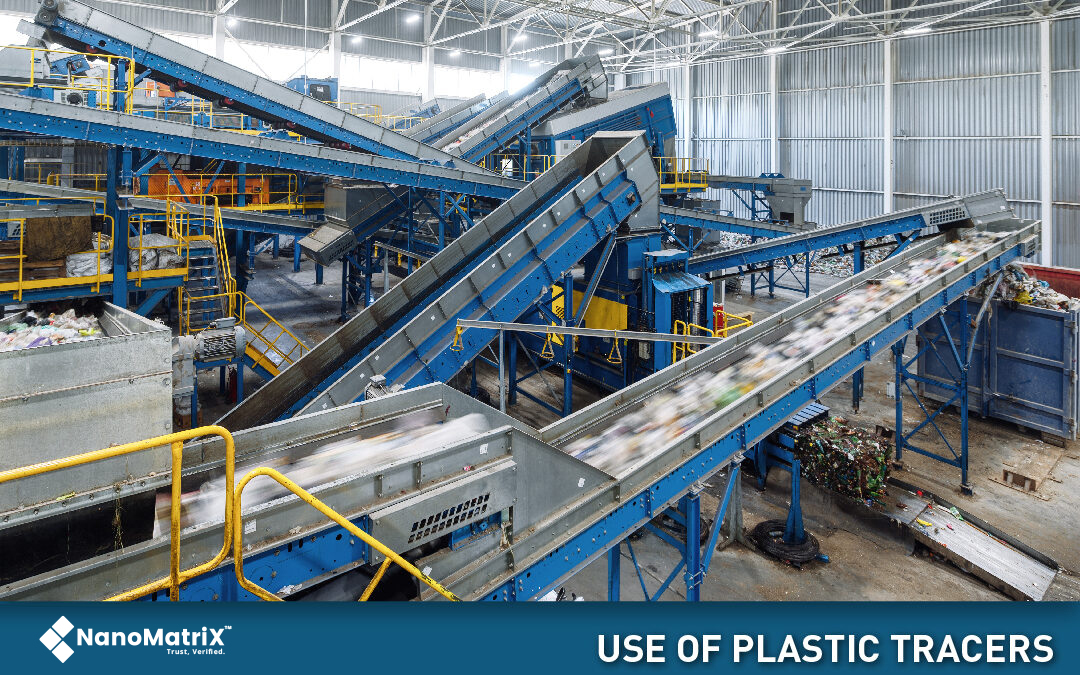

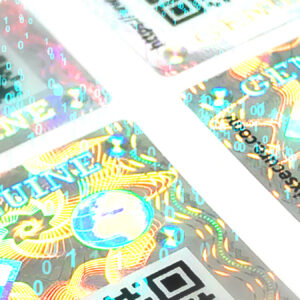

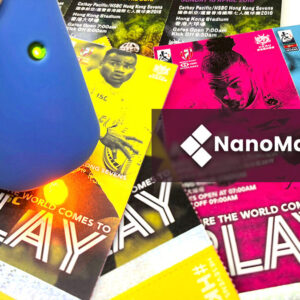
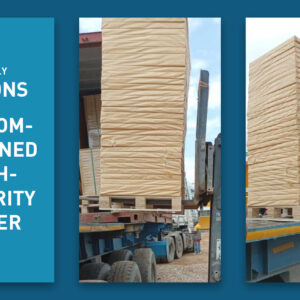
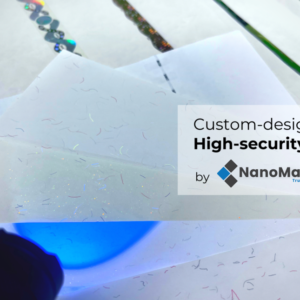
Recent Comments